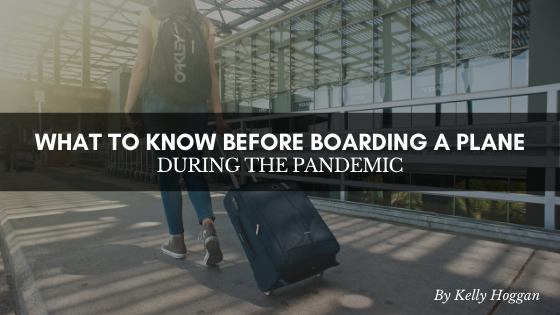The current global health crisis has forced everyone to postpone their vacation plans. While recreational travel is not yet widely encouraged, there are still a lot of people that rely on airlines to speed up their business travel. Flying right now may seem scary, but the airlines are doing everything in their power to keep everyone safe. These are the four things you need to know before boarding a plane during the pandemic.
Possible Temperature Checks
There is a very good chance that you may have to get your temperature checked before boarding your next flight. The TSA is currently getting ready to implement mandatory temperatures checks for all passengers at the busiest airports in the country. There are also several major airlines that plan on using temperature checks for all of their flights. Since a high fever is one of the main symptoms of the novel coronavirus, this can be a great way to keep everyone safe.
Facial Mask Rules
Facial masks have been highly recommended since the start of the pandemic. The coverings are a great way to prevent the spread of the virus. While some states and businesses are making facial masks a requirement, this is not being done at airports. All airline workers will be wearing masks, but passengers will have the option to avoid covering their face. This policy has been implemented to avoid serious confrontations in the air.
Effective Air Filters
Every airplane is equipped with several high-powered air filters. These filters are used to keep the air in the cabin from getting stale during a long flight. They are also capable of quickly removing airborne pathogens. This greatly reduces the risk of getting infected by another passenger. In addition to the air filters, the airplanes are also being disinfected before every flight.
Social Distancing Issues
The close quarters of an airplane makes social distancing very difficult, but it is unlikely to be an issue on your upcoming flight. The pandemic has reduced air travel so much that most planes are relatively empty. The airlines are also strategically seating passengers on busier flights to keep everyone as far apart as possible. This is most commonly done by restricting the use of the middle seat.


